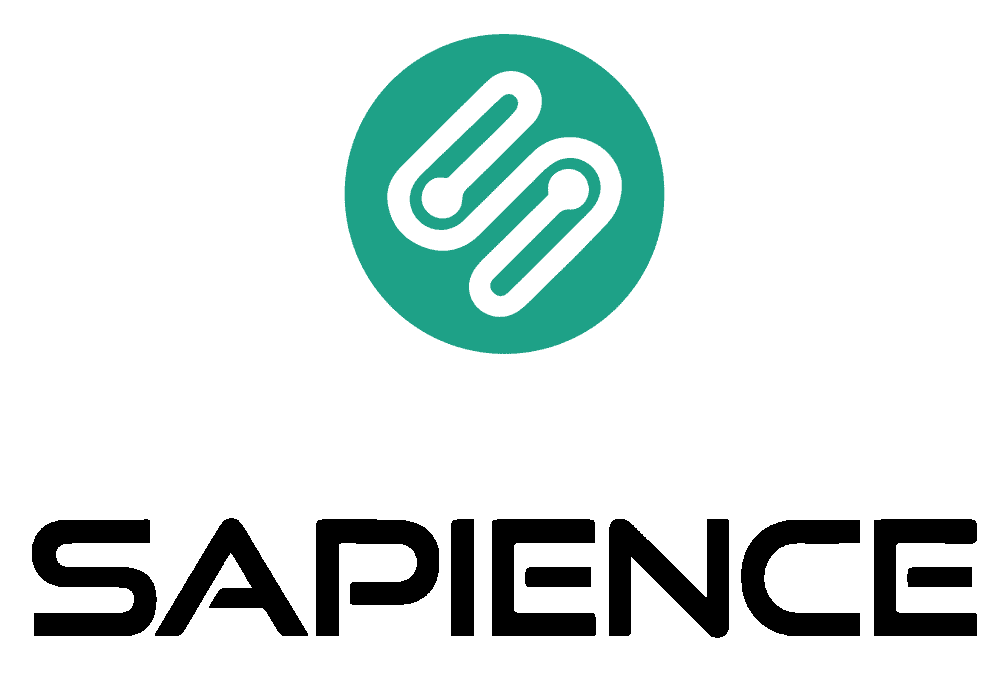- NX Design for Additive Manufacturing (DfAM) is a comprehensive solution that supports the additive manufacturing process. It includes design, optimisation, validation, and production of 3D-printed parts.


Convergent Modeling
NX Advanced Convergent Modeling blends feature and faceted-based modelling, allowing engineers to work without restrictions when working with scanned data and other faceted bodies. You can work directly with mesh geometry from the topology optimisation, CAE, or scan the shape in modelling workflows without reverse engineering.

Lattice Structure
It is used for lightweighting, creating internal structures within parts to reduce weight while maintaining structural integrity. Users can define lattice types (e.g., tetrahedral, hexagonal) and control parameters such as cell size, strut thickness, and orientation. Works seamlessly with additive manufacturing (3D printing) processes, enabling the creation of parts with optimised weight and material usage.
- Topology Optimization
NX Topology Optimization is a robust feature that facilitates the creation of optimised, lightweight designs. This process leverages advanced algorithms to determine the best material distribution within a given design space, resulting in both structurally efficient and manufacturable parts.
- Key Features
- It allows users to define the volume or space the part must fit. It includes setting up boundary conditions, loads, and constraints.
- It supports various materials, including metals, plastics, and composites.
- Users can set specific objectives such as minimising weight, maximising stiffness, or optimising for a particular performance criterion.
- It allows for the definition of various constraints, including displacement limits, stress constraints, and manufacturing constraints. You can then directly integrate optimised designs with NX's additive manufacturing tools.
